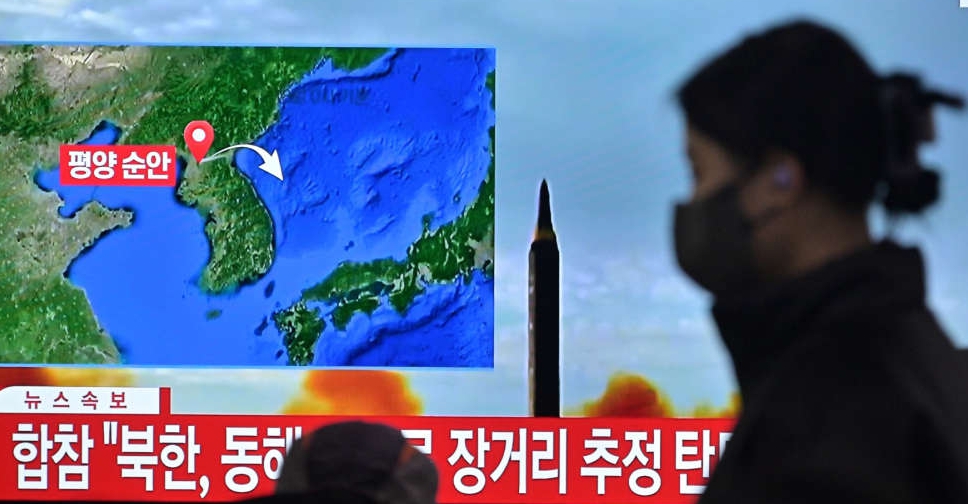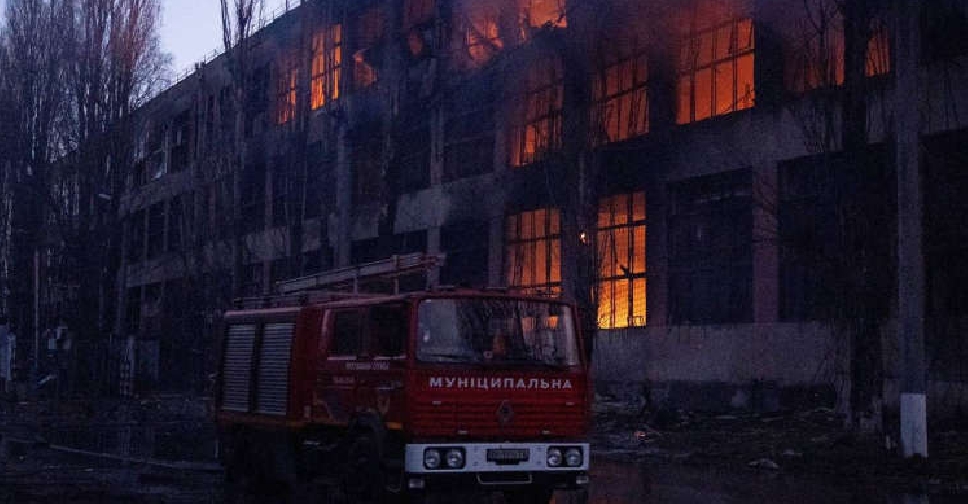
North Korea launched a long-range ballistic missile into the sea off Japan's west coast on Saturday, after Pyongyang warned of a strong response to upcoming U.S.-South Korea military drills.
Japanese authorities said it splashed down in waters inside Japan's exclusive economic zone more than an hour after it was launched, suggesting the weapon was one of the North's largest missiles. Tokyo said there were no immediate reports of damage to ships or airplanes.
North Korea's first missile firing since Jan. 1 comes after Pyongyang on Friday threatened an "unprecedentedly persistent, strong" response as South Korea and the United States gear up for annual military exercises as part of efforts to fend off the North's growing nuclear and missile threats.
Nuclear-armed North Korea fired an unprecedented number of missiles last year, including intercontinental ballistic missiles (ICBMs) capable of striking anywhere in the United States, while resuming preparations for its first nuclear test since 2017.
Saturday's long-range missile was launched from the Sunan area near Pyongyang, South Korea's military said. Sunan is the site of the Pyongyang International Airport, where North Korea has conducted most of its recent ICBM tests.
Japanese Prime Minister Fumio Kishida told a briefing that Japan strongly condemned the launch and filed a strong protest, calling it a threat to the international community.
North Korea's ballistic missile and nuclear weapons programmes are banned under United Nations Security Council resolutions, but Pyongyang says its weapons development is necessary to counter "hostile policies" by Washington and its allies.
Allied nuclear drills, called the Deterrence Strategy Committee Tabletop Exercise, are scheduled for Wednesday at the Pentagon and will involve senior defence policymakers from both sides, Seoul's defence ministry said.
The two countries are also planning a range of expanded field exercises, including live fire drills, in coming weeks and months.
Some 28,500 U.S. troops are stationed in South Korea as a legacy of the 1950-1953 Korean War, which ended in an armistice rather than a full peace treaty, leaving the parties technically at war.
Pyongyang may have created a military unit tasked with operating new ICBMs, in line with its recent restructuring of the military, state media video footage from a Feb. 9 parade suggested.
That parade displayed more ICBMs than ever before, including a possible new solid-fuel weapon, which could help the North deploy its missiles faster in the event of a war.
"North Korean missile firings are often tests of technologies under development, and it will be notable if Pyongyang claims progress with a long-range solid-fuel missile," said Leif-Eric Easley, a professor of international studies at Ewha University in Seoul.
"The Kim regime may also tout this launch as a response to U.S. defense cooperation with South Korea and sanctions diplomacy at the United Nations."




 Indonesia flood death toll exceeds 1,000
Indonesia flood death toll exceeds 1,000
 Ukraine's Odesa suffers major blackouts after Russian attack
Ukraine's Odesa suffers major blackouts after Russian attack
 Two killed in Ukrainian drone strike on Russia's Saratov
Two killed in Ukrainian drone strike on Russia's Saratov
 Thailand continues Cambodia strikes despite Trump's ceasefire claim
Thailand continues Cambodia strikes despite Trump's ceasefire claim
 EU agrees to indefinitely freeze Russian assets, removing obstacle to Ukraine loan
EU agrees to indefinitely freeze Russian assets, removing obstacle to Ukraine loan






